Sparta: Rise of a Warrior Nation by Philip Matyszak
Annotated with Cultural & Historical Context for Global Readers
Core Translation & Cultural Context
Original Title: Sparta: Rise of a Warrior Nation
Author: Philip Matyszak (British historian and author, specializing in ancient Mediterranean civilizations)
Genre: Historical Non-Fiction / Military History
Cultural Significance: A critical exploration of Sparta’s paradoxical legacy—celebrated for its military prowess and egalitarian gender norms, yet infamous for systemic child abuse, helot oppression, and intellectual stagnation. The book dissects how Sparta evolved from a Peloponnesian village into Greece’s dominant military power, while challenging romanticized myths about its society.
Full Translation with Annotations
Main Thesis:
Matyszak deconstructs the Spartan archetype: the hoplite, the quintessential Greek warrior feared across the ancient world. Through rigorous analysis, he reveals the man behind the myth—examining Spartan identity, societal conditioning, and the environment that forged their brutal ethos.
Key Themes:
- The Spartan Paradox:
- Military Idealism vs. Moral Hypocrisy: While Spartans epitomized physical toughness and battlefield heroism (e.g., the legendary 300 at Thermopylae
), they institutionalized child abuse through the agoge (state-mandated military training). Boys were removed from families at age 7, subjected to starvation, theft, and ritualized violence to “toughen” them.
- Gender Equality with Brutal Oppression: Spartan women enjoyed unprecedented rights—owning land, participating in athletics—while the subjugated helots (enslaved populations) faced state-sanctioned terror, including annual culls (krypteia) to deter revolts.
- Military Idealism vs. Moral Hypocrisy: While Spartans epitomized physical toughness and battlefield heroism (e.g., the legendary 300 at Thermopylae
- The Rise of a Military Superpower:
- From Village to Hegemon: Sparta’s ascent began with the conquest of Messenia (8th–7th century BCE), enslaving its people as helots. This allowed Spartiates (full citizens) to focus solely on warfare, creating a professional army unmatched in Greece until the Theban victory at Leuctra (371 BCE).
- The Hoplite Revolution: Matyszak details the phalanx formation—a tightly packed wall of bronze-armored soldiers—that made Sparta’s military invincible for centuries. Discipline and cohesion outweighed individual skill.
- Intellectual Void:
- Despite Athenian contemporaries like Socrates idealizing Spartan austerity, the city produced no philosophers, playwrights, or scientists. Education (agoge) prioritized obedience over creativity, fostering a society “almost devoid of intellectual achievement”.
Cultural & Historical Additions:
- Helot System: Sparta’s economy relied on enslaved helots, who constituted 60–79% of the population. Their constant threat of rebellion shaped Spartan paranoia and militarism.
- Spartiate Decline: Rigid social hierarchy and low birth rates caused Spartiate numbers to plummet from 8,000 (480 BCE) to fewer than 1,000 by 371 BCE, leading to collapse after Leuctra.
- Roman Absorption: Sparta became a Roman tourist curiosity by 146 BCE, its militaristic culture reduced to spectacle.
Supplementary Materials for Global Readers
- Glossary of Terms:
- Agoge (ἀγωγή): Sparta’s state-controlled military education system for boys aged 7–30.
- Homoioi (Ὅμοιοι): “Equals,” the elite Spartiate class who owned land and helots.
- Krypteia: Secret police force tasked with terrorizing helots.
- Comparative Timelines:
- 650 BCE: Second Messenian War solidifies helot system.
- 480 BCE: 300 Spartans die at Thermopylae against Persia.
- 371 BCE: Thebes defeats Sparta at Leuctra, ending Spartan hegemony.
- Cultural Parallels:
- Modern “Spartan” Ideals: The term today evokes minimalism and discipline, reflecting admiration for their austerity—yet obscures their oppressive practices.
- Fascist Appropriation: 20th-century regimes (e.g., Nazi Germany) mythologized Sparta as a model of racial purity and militarism.
Legacy & Critique:
Matyszak’s work is praised for balancing scholarly rigor with accessibility, dismantling Spartan romanticism while contextualizing their contradictions. The book serves as both a military history and a cautionary tale about the costs of hyper-militarization.
Suggested Display Caption:
“Beneath the bronze and blood—Matyszak exposes Sparta’s brutal truth, where valor and oppression forged a warrior legend.”

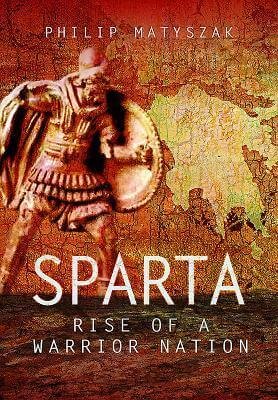
-600x902.png)
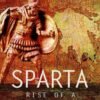
-100x100.png)
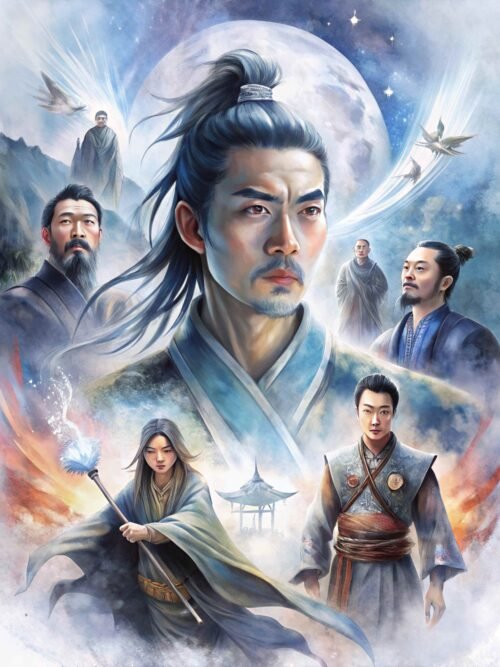
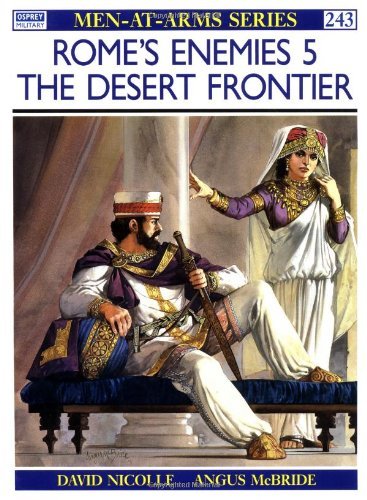
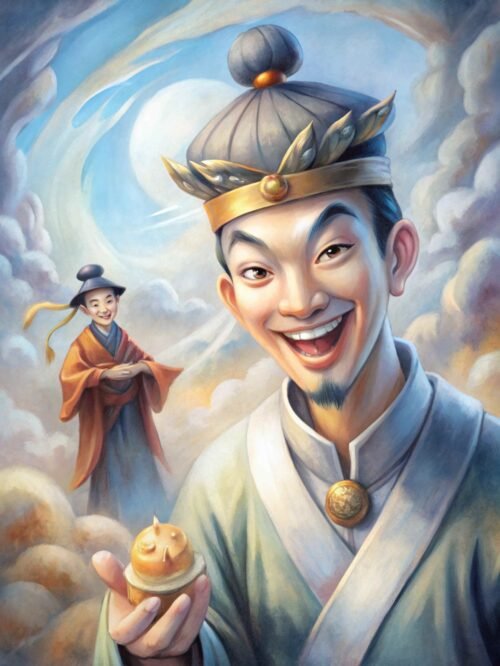
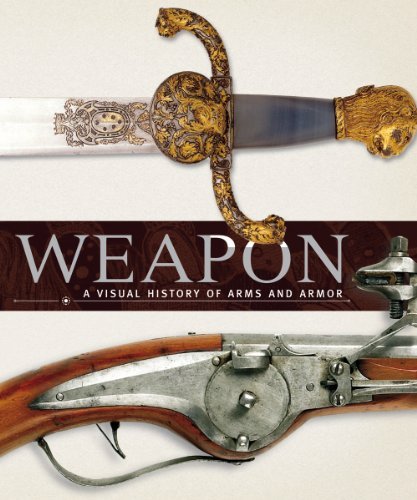
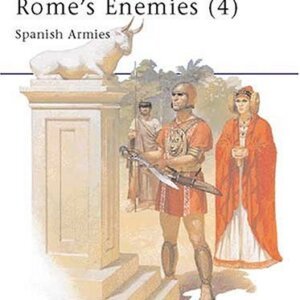
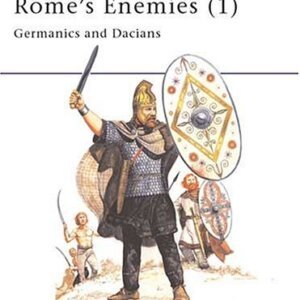
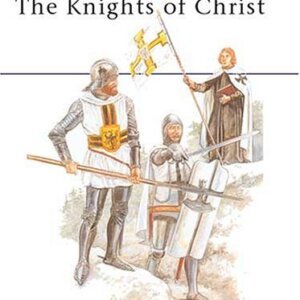
评价
目前还没有评价